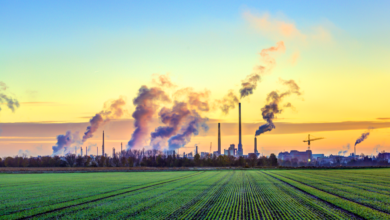
(Sustainabilityenvironment.com) – Clothes made of recycled rubber from Tyre out of use: on the stage of “Fables of fashion” sustainability told the most famous stories born from the imagination of Hans Christian Andersen. Played by Pino Strabioli for an exclusive event curated by Maison Gattinoni Couture thanks to the work of President Stefano Dominella.
For those wondering, can rubber be recycled? The answer comes from this particular initiative.
The show was hosted by the location of Villa Torlonia, in Rome, under the artistic direction of designer Guglielmo Mariotto. The whole evening was realized with the collaboration of Ecopneus, the main national operator in the field of collection and recycling of end-of-life tyres.
“We are proud – said Federico Dossena, General Manager of Ecopneus – to have taken part in this project in which sustainability and fashion are combined”. A combination that demonstrates how recycled rubber is an authentic resource that, if entrusted to the creative inspiration of great designers, can become an element of beauty, elegance and can accompany the creative drive that moves fashion towards a more sustainable and environmentally friendly approach.
Recycled rubber for high fashion clothes
Recyclable rubber from used tires was the protagonist of the evening thanks to the creative flair of Mariotto and a group of emerging designers: Italo Marseglia , Federico Firoldi and Yasmeen Concettini. The project showed how it is possible to use a traditionally polluting resource in innovative contexts. Recycled rubber is in fact a material with multiple potential, some of which are ideal for the fashion industry: versatile, elastic, durable and moldable with different shapes and colors.
The dresses made were inspired by the most famous fairy tales of Hans Christian Andersen and produced with waste fabrics and recycled rubber from PFU. The material was supplied by the Ecopneus supply chain.
Accompanied by the narration of Pino Strabioli they have paraded headdresses and dresses of the church women of “Red shoes”, the colorful costumes of the toys of “The Tin Soldier” or the decorations of the dress of “The ugly duckling” made with the recycling techniques of vintage garments.
Ecopneus’ commitment to recycling rubber, not only in fashion
“As I often love to remember – explained Dossena – it is only imagination that sets limits to the use of recycled rubber: what we experienced during last night’s show was the explosion of fantasy in its purest sense, that fashion can shape”.
The consortium, in fact, in addition to collecting, transporting, treating and enhancing the PFU, is also committed to promoting the culture of recycling starting from the proposal of different applications of recycled rubber, not only in fashion.
Some of these produce eco-friendly products for the building industry (acoustic insulation, anti-vibration) or for sports such as some elements for playgrounds, football fields and multi-purpose flooring, or animal welfare products. In addition to these uses recycled rubber is also useful for the road and infrastructure sector, for cycle paths, urban furniture and other elements for road safety, in addition to the most varied objects.





